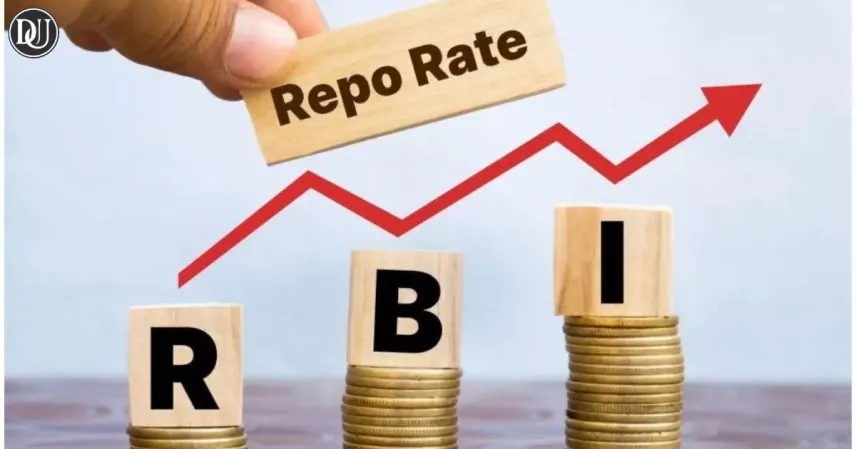In a bold move that caught markets and analysts off guard, the Reserve Bank of India (RBI) slashed the repo rate by 50 basis points, bringing it down to 5.50% in its June 2025 monetary policy meeting. This surprise cut signals a proactive stance by the central bank to support economic growth amid global uncertainties and domestic slowdown signals.
Why the Repo Rate Cut Matters
The repo rate is the rate at which RBI lends to commercial banks. A cut typically translates into lower interest rates for loans, reducing EMIs for home, auto, and personal loans. This move aims to stimulate borrowing and investment activity at a time when consumer demand has been softening.
RBI Governor Shaktikanta Das, while announcing the decision, said the cut was intended to give an “accelerated push” to economic momentum without compromising the inflation target.
Economic Rationale Behind the Cut
The decision to reduce the repo rate was based on several macroeconomic indicators:
-
GDP growth for Q4 of FY25 showed signs of plateauing.
-
Inflation has remained within RBI’s comfort zone, easing the pressure to maintain high rates.
-
Global interest rates have shown signs of stabilizing, giving RBI room to maneuver.
How It Affects Your EMIs
For borrowers, the immediate impact will be felt in the form of reduced EMIs. Banks are expected to transmit the rate cut benefits to customers in the coming weeks. Floating rate loans, particularly home loans, will see the biggest relief.
This move is expected to boost housing demand, consumer lending, and eventually private sector investment.
Mixed Market Reactions
While equity markets reacted positively to the rate cut, bond markets showed caution, wary of long-term inflationary risks. The rupee remained largely stable, indicating investor confidence in RBI’s balancing act between growth and inflation.
Forward Guidance from RBI
The RBI maintained a neutral stance on future rate actions. Governor Das emphasized that further moves would depend on incoming data related to inflation, global oil prices, and fiscal developments. While the door remains open for additional easing, RBI appears cautious not to overstimulate in an uncertain global economic environment.
Inflation Outlook
RBI slightly revised its inflation projection for FY26, forecasting it at 4.8% from the earlier estimate of 5%. It expressed confidence in food supply chains and government interventions in controlling price volatility.
A Timely Move or a Risky Gamble?
Economists are divided on the 50 bps cut. Some call it a much-needed boost for demand, while others believe it could lead to overheating if global inflationary trends re-emerge. Still, most agree the timing aligns with RBI’s dual mandate of growth and price stability










